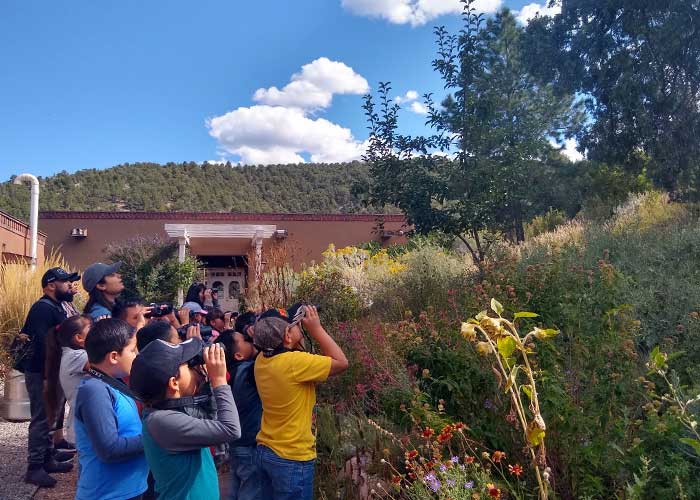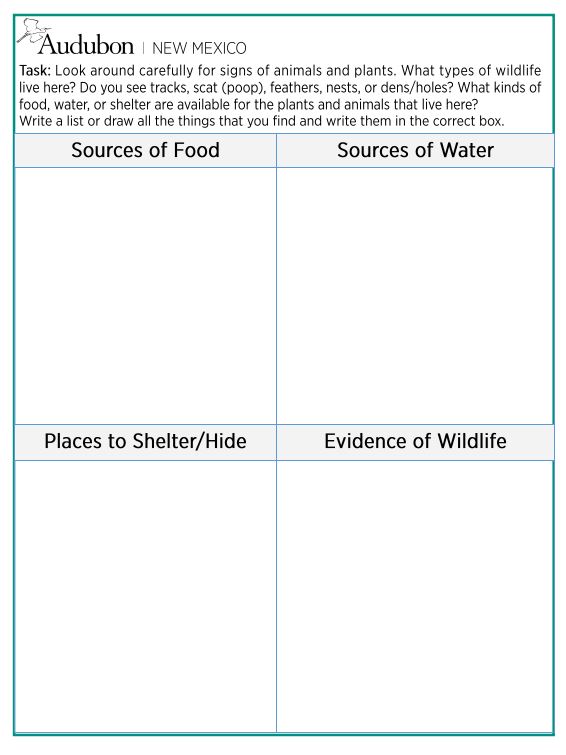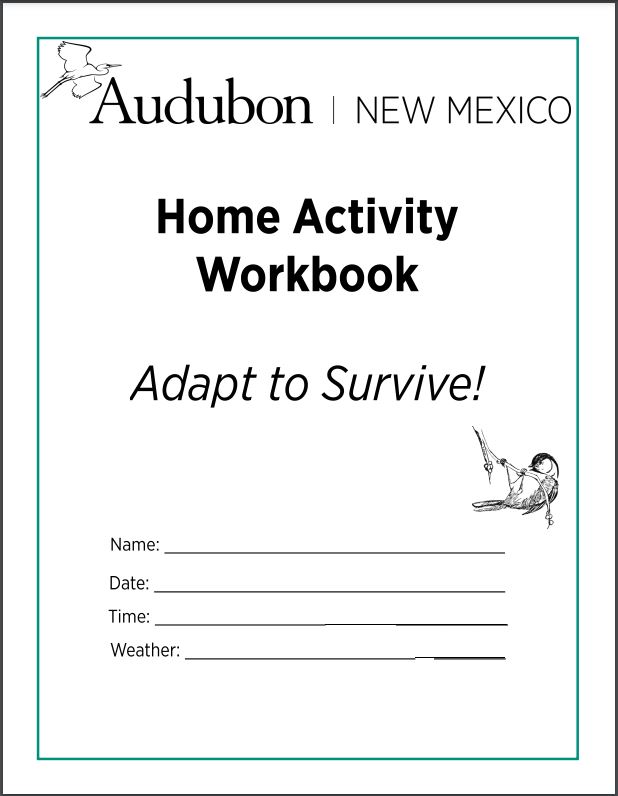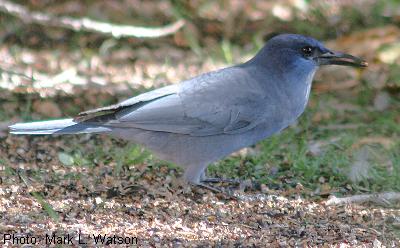Following is a selected project highlight from the Share with Wildlife mission to assist all New Mexico wildlife in need, no matter what species.
Delivering Wildlife-Focused Education Virtually

Santa Fe Public School students birding at Randall Davey Audubon Center in Fall 2019. (Katie Weeks)
What is an “adaptation” and how are birds adapted to different environments and to eat different things? What are the key elements of an animal’s “habitat” and how can you make your own backyard more appealing to wildlife?
In spring 2021, Audubon Southwest used Share with Wildlife funds to modify existing lessons, that address these questions and more, so that they could be delivered in a virtual format to 2nd through 5th grade students in Santa Fe Public Schools. Audubon Southwest normally delivers their multi-lesson Outdoor Field Science curriculum both in person at schools and over the course of two field trips to the Randall Davey Audubon Center (RDAC) in northern Santa Fe. This science curriculum focuses on New Mexico wildlife; their habitats, biology, and conservation; and scientific observation with an emphasis on piñon-juniper habitats and the birds that live in them, such as the pinyon jay. Restrictions associated with COVID-19 required that Audubon Southwest continue to offer distance-learning options for their typically in-person environmental education programming.

Habitat recording worksheet. (Audubon Southwest)

Adapt to Survive workbook. (Audubon Southwest)
Audubon Southwest normally gives students an opportunity to explore and make observations of wildlife habitat elements and wildlife sign in the piñon-juniper woodland at the RDAC. They learn about fundamental ecological and biological concepts including food webs, ecosystems, and animal anatomy and adaptations. They have an opportunity to learn how to look for birds and observe their behavior using binoculars. They also examine skulls and pelts of different animals to learn about the connections between how an animal looks, how they behave, and what they eat.

Pinyon jay. (Mark Watson)
To ensure that students could still receive environmental education while in-person classroom visits and field trips were not possible, Audubon Southwest modified three activities to be virtual field trips and worked with Santa Fe Public Schools to deliver Outdoor Field Studies programs to over 700 students in Santa Fe. The “Backyard Habitat Investigation” virtual field trip has students learn about the concept of a habitat, identify habitat elements and animal sign in their backyard, draw a habitat, and consider what could be done to improve the habitat in their backyard for wildlife. The “Animal Adaptations” virtual field trip has students learn about adaptations; learn about why birds build nests and what they use to build them; and build a bird nest using materials that students find either at home or in their backyard. Audubon Southwest also continues to offer distance learning materials on their website.
Audubon Southwest looks forward to continuing their provision of environmental education to students of Title 1 schools and adapting their wildlife-related educational materials as needed to the evolving educational landscape in New Mexico.
